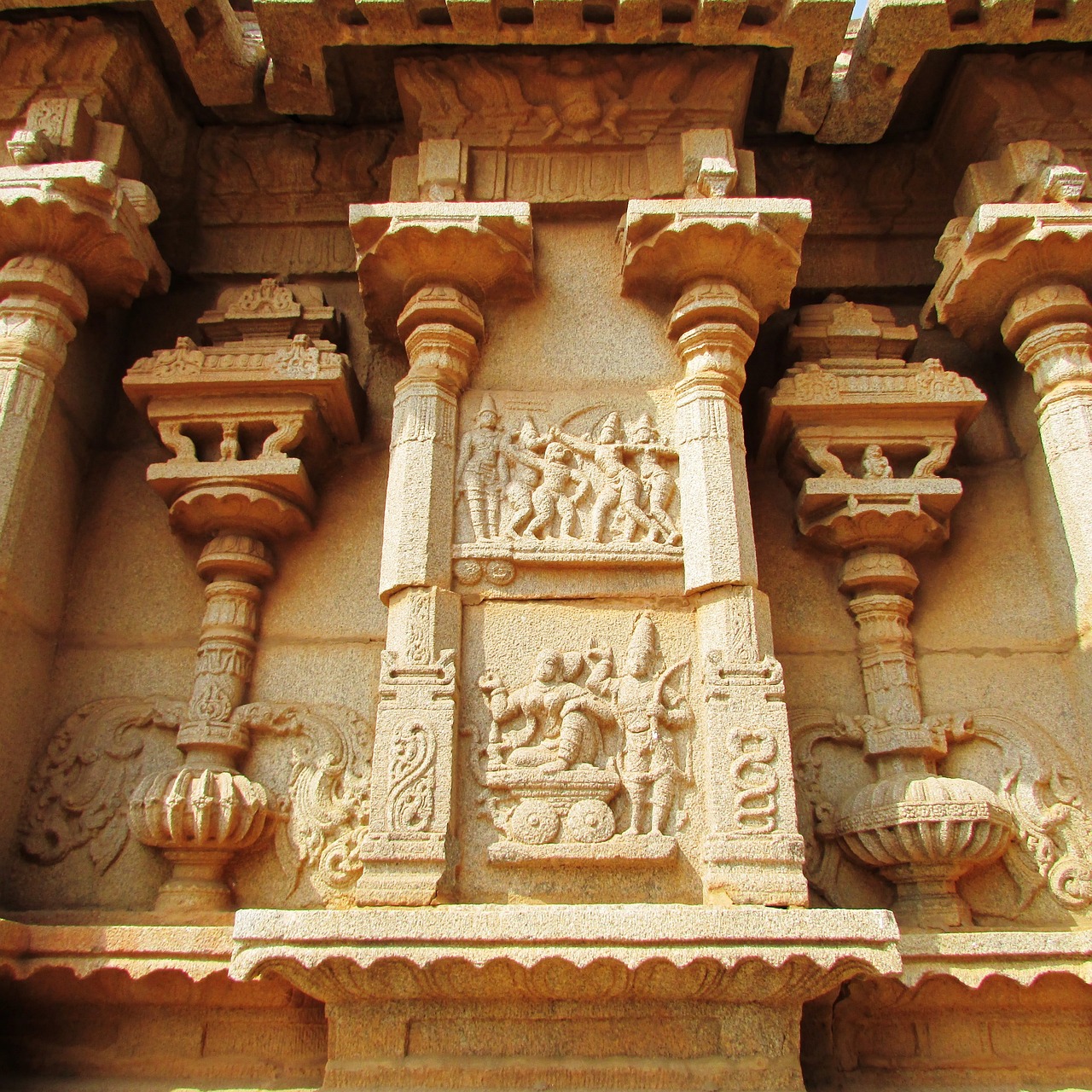Assessing the Role of Political Polling in Shaping Public Opinion
Political polling has a rich history that dates back to the 1824 U.S. presidential election, where straw polls conducted by newspapers attempted to gauge public opinion. However, it wasn’t until the 1930s that modern polling methods using scientific sampling techniques were developed by George Gallup and Elmo Roper. These pioneers in the field refined the methodologies of polling by using random sampling to ensure a representative sample of the population.
The evolution of political polling continued with the emergence of exit polls in the mid-20th century, providing real-time data on voter behavior and trends. Polling has become a staple in political campaigns, helping politicians to strategize and better understand the electorate. Over the years, advancements in technology have revolutionized polling methods, making it easier to reach a larger and more diverse group of respondents.
The Methodology of Political Polling
When conducting political polling, it is crucial to have a representative sample of the population. This is typically achieved through random sampling, where every individual in the population has an equal chance of being selected. Pollsters often use various methods to reach out to potential respondents, such as telephone surveys, online surveys, or in-person interviews.
Another key aspect of political polling methodology is question design. Pollsters need to carefully craft unbiased and clear questions to elicit accurate responses from participants. Additionally, the timing of the poll is essential, as conducting surveys during significant events or crises may skew results. By following these rigorous methodologies, political polling aims to provide valuable insights into public opinion and preferences.
What is the history of political polling?
Political polling dates back to the early 20th century, with the first known poll conducted by The Literary Digest in 1916. Over the years, polling methodologies have evolved and become more sophisticated.
How is political polling methodology determined?
Political polling methodology involves selecting a representative sample of the population, determining the questions to be asked, and collecting and analyzing the data. Polling firms use a variety of methods, including telephone, online surveys, and in-person interviews.
How accurate are political polls?
Political polls can vary in accuracy, depending on the methodology used and the sample size. Generally, polls with larger sample sizes and more representative samples are considered more accurate.
Can political polling results be manipulated?
While it is possible for polling results to be manipulated through biased question wording or sampling methods, reputable polling firms adhere to strict ethical guidelines to ensure the accuracy and integrity of their results.
How are political polling results used?
Political polling results are used by politicians, political parties, and the media to gauge public opinion on various issues and candidates. Polling data can inform campaign strategies, policy decisions, and public discourse.





